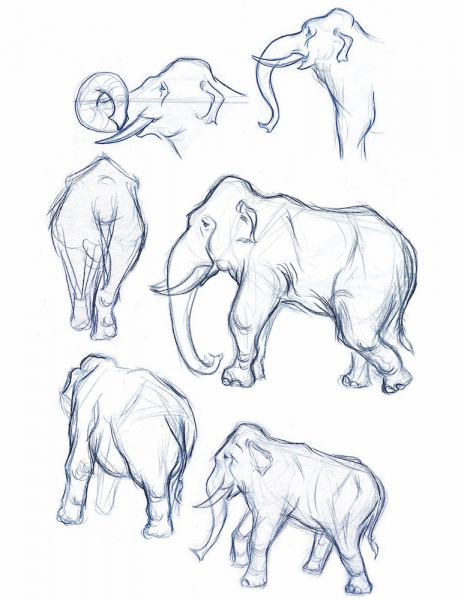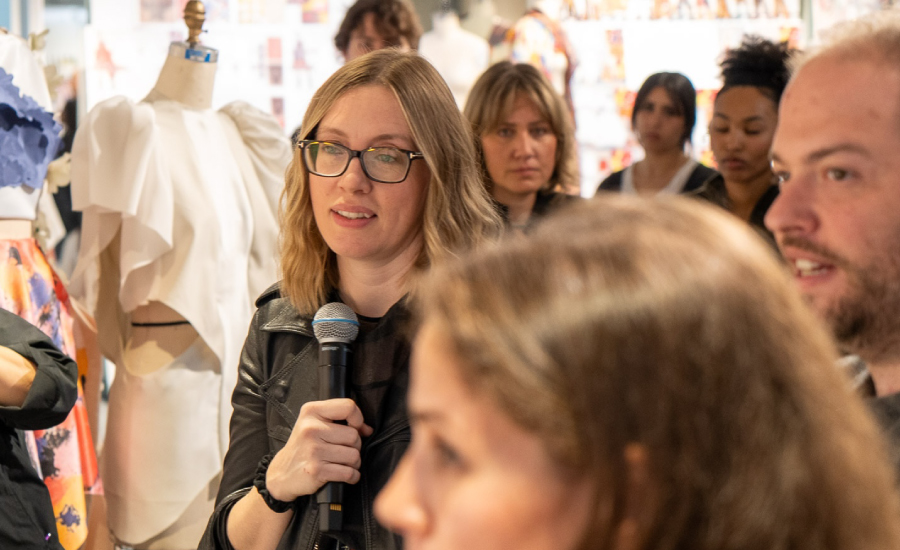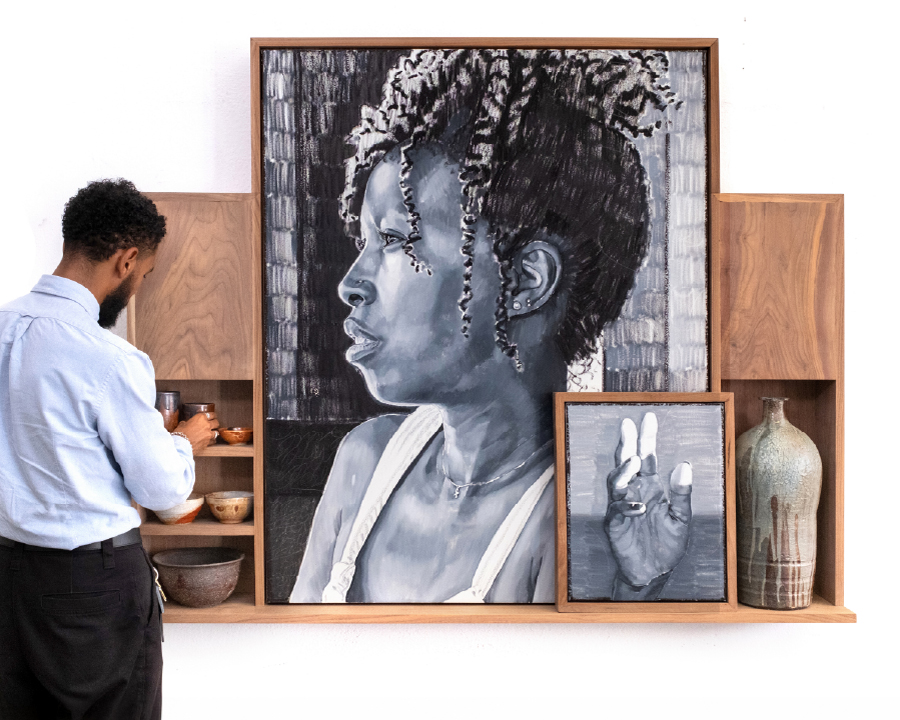Mayuka Thais, Otis College Alum and Instructor, Teaches Drawing Classes for Teens and Adults Through Otis Extension
Mayuka Thais, Otis College Alum and Instructor, Teaches Drawing Classes for Teens and Adults Through Otis Extension

Adults can take a Drawing and Composition course, and teens can take her Summer of Art drawing studio courses.

From creating a superhero, to drawing a Harry Potter–inspired self-portrait, to learning how to put together a portfolio for art school, Mayuka Thais (BFA Painting, ’07) gives her students a wealth of experience and inspiration. As an instructor at Otis College in both the undergraduate Foundation courses, as well as the Extension and Summer of Art programs, which are open to the public, Thais has enabled students of all ages to find their inner artist. An Otis alum, who grew up in both Tokyo and California, Thais also is a songwriter and animal activist who brings all of her passions into the classroom, connecting with students exactly where they are. “I feel at home working at Otis because I’m going to get these young Leonardos,” she says, referring to Leonardo DaVinci, “all these people with amazing, creative minds, and I get to help them along their journey. It’s a beautiful thing, teaching.” We asked Thais to share some insight about her classes, and some tips for drawing to offer a taste of the possibilities that abound, and the practical knowledge that can help everyone gain assurance in their drawing skills.
How do you make drawing less intimidating for new students?
First, they need to realize that if others can draw, then they can, too. Drawing is really about learning how to see things.
Can you give an example?
Say you have a bottle. A bottle is a thinner cylinder on top and a thicker cylinder on the bottom. You just need to break those shapes down into geometric forms, and I teach that. I show students step-by-step how things work, and once they understand that, they have the confidence to get going.
What might a student learn in your drawing class?
If it’s pencil drawing, they are going to learn values and how to use line weight— putting pressure on the pencil to create thick or thin lines. I also teach them how to cross contour—like the longitude and latitude on a globe—to make an object look three-dimensional. With charcoal I teach the values from black to white, or light logic, which dictates shading. I teach composition and then how to apply oil pastels.
What do you hope students take away from your class?
A new way of seeing, a new confidence, and new techniques that they can take home and apply.
Do you have any general class rules?
The rule is we don’t make each other feel bad. Everybody is an artist in my class. Everybody’s a good artist. In my classes we’re going to work together and we’re going to learn together. I set that tone right from the beginning.
 TIPS FOR DRAWING
TIPS FOR DRAWING
Stand up and look at your artwork. “Stand six feet from your drawing and look at the model, then look at your drawing.”
Pay attention to line weight. “Things that are closest to you have to be darker. Things that are away from you have to recede. You don’t want to outline an apple, because then it looks like it’s on The Simpsons. You want the audience’s eye to go around the apple, not just go to the apple.”
Sharpen your pencil using a knife. “You want half an inch of pencil exposed.”
Use your pencil as a measuring tool. “When drawing the human figure, extend your arm and use your pencil to measure from the top of the head to the bottom of the chin—that’s one head. Use that measurement to count down to the feet; it’s usually going to be seven and a half, or eight heads tall. Then make those measurements on the paper.”
Learn the golden ratios. “When figure drawing, elbows are always going to hit the waist; forearms are the same size as feet.”
Use a thumbnail sketch. “Make a square or rectangle viewfinder window using your fingers, and close one eye. Whatever you see as a composition, draw that in a thumbnail. Divide the thumbnail sketch in fours to help you transfer the drawing.”
Draw lightly. “When you start drawing lightly it helps build the lines up. The more you go over those lines, the line that needs to appear, the one that you really commit to, will start appearing more.”
Enjoy it. “That’s the most important thing.”
For information pre-college Summer of Art, see Summer of Art Courses and Curriculum.
For information about adult courses, see courses for adults.
Photo of Mayuka Thais by Teri Suzanne. Elephant drawing by Mayuka Thais.



